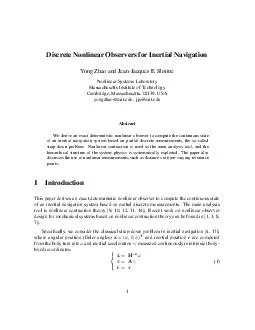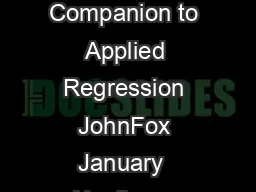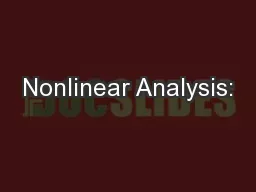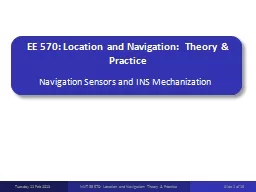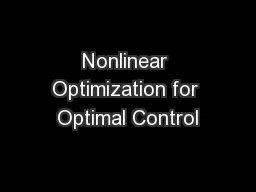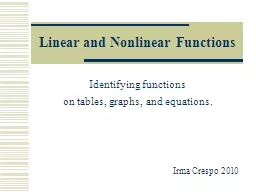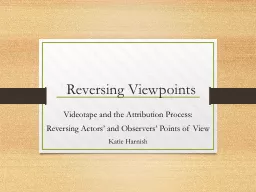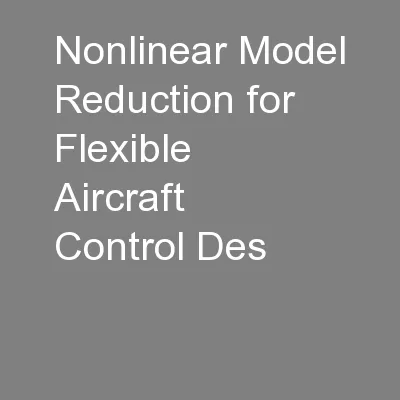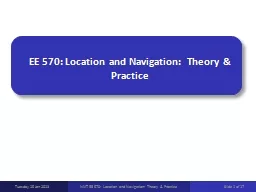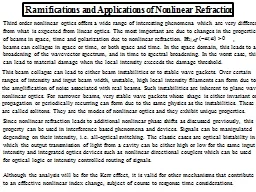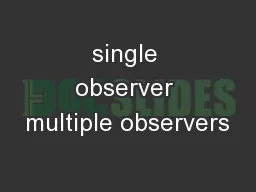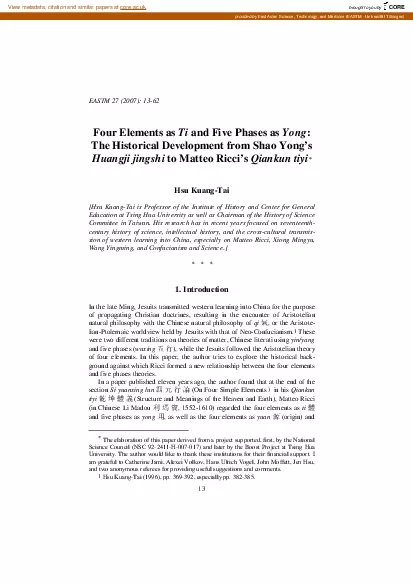PDF-Discrete Nonlinear Observers for Inertial Navigation Yong Zhao and JeanJacques E
Author : lindy-dunigan | Published Date : 2014-12-16
Slotine Nonlinear Systems Laboratory Massachusetts Institute of Technology Cambridge Massachusetts 02139 USA yongzhaomitedu jjsmitedu Abstract We derive an exact
Presentation Embed Code
Download Presentation
Download Presentation The PPT/PDF document "Discrete Nonlinear Observers for Inertia..." is the property of its rightful owner. Permission is granted to download and print the materials on this website for personal, non-commercial use only, and to display it on your personal computer provided you do not modify the materials and that you retain all copyright notices contained in the materials. By downloading content from our website, you accept the terms of this agreement.
Discrete Nonlinear Observers for Inertial Navigation Yong Zhao and JeanJacques E: Transcript
Download Rules Of Document
"Discrete Nonlinear Observers for Inertial Navigation Yong Zhao and JeanJacques E"The content belongs to its owner. You may download and print it for personal use, without modification, and keep all copyright notices. By downloading, you agree to these terms.
Related Documents

